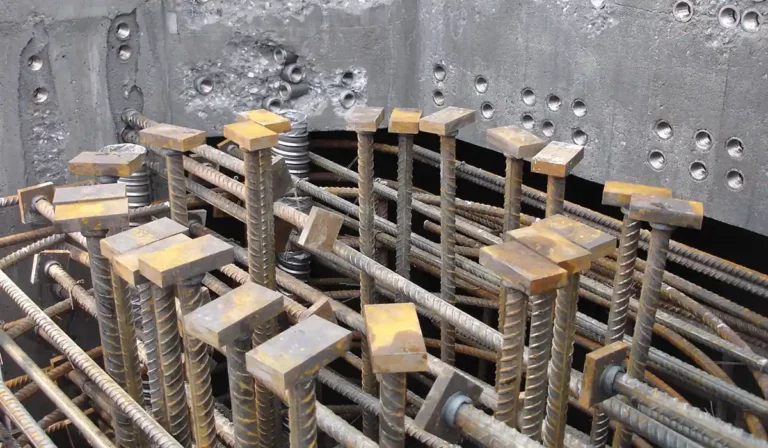Launching a digital marketing agency is thrilling yet challenging, especially when seeking your first clients. At the heart of this endeavor lies impeccable planning and strategic networking. Begin by crafting compelling service offerings that uniquely meet market needs, showcasing both innovation and value addition.
Leveraging social media platforms for visibility can significantly amplify your presence online; engaging content draws potential clients closer to what you offer. Furthermore, building robust networks through industry events or online communities offers invaluable connections with prospective customers eager for fresh digital solutions tailored to their business requirements.
Crafting Your Unique Selling Proposition
To craft your Unique Selling Proposition (USP), first identify what makes your digital agency standout. Is it your innovative approach to SEO, lightning-fast results, or perhaps unmatched customer service? Pin this down early on.
Next, understand deeply who benefits most from these unique attributes—your target market. It’s not just about being different; it’s about being crucial to a specific group of clients. Now articulate this difference compellingly and succinctly.
Your USP should resonate with potential customers immediately making them think, “This is exactly what I’ve been searching for.” Ensure every team member can communicate this clearly too because consistency amplifies impact. Finally, integrate this proposition into all aspects of marketing and client interactions. This reinforces the message that you’re not just another option but the best choice for their needs.
Maximize Networking and Partnerships Opportunities
At events, your networking efforts will pays off if you target the right people from the start. Crafting an engaging elevator pitch is crucial; it should briefly highlight the value your agency offers. At these events, where chaos often reigns, genuine listening skills become the ultimate superpower. You start to pick up on subtleties, decode concerns, and develop responses that get straight to the heart of what they’re trying to achieve.
There’s no substitute for meeting people in person, where subtle cues and body language can reveal far more than a screen ever could. Following up after meetings is essential—send personalized emails or LinkedIn messages summarizing key conversation points.
From this moment on, the tone is set for meaningful collaborations that stand the test of time. Don’t overlook strategic collaborations with other agencies encountered during these gatherings. Think strategic alliances, and you’ll find businesses augmenting their arsenal of skills and resources, foraging potent marketing approaches tailor-made for sustained growth.
Thriving digital marketing agencies capitalize on networking events to forge lasting relationships, ultimately capturing a larger market share and staying ahead of the curve
Utilize Content Marketing Strategically
Effective content marketing goes beyond mere creation and dissemination. It’s about crafting stories that resonate, leveraging the power of narrative to connect on a deeper level with prospective clients. Your agency’s story should encapsulate struggles, triumphs, and milestones in a way that mirrors the aspirations and challenges of your target audience.
This authentic storytelling builds trust — crucial for long-term client relationships. Moreover, incorporating AI tools elevates efficiency, enabling you to produce tailored proposals or creative case studies swiftly. These technologies aren’t standalone solutions but amplify human creativity when used strategically within your marketing arsenal.
Remember: Consistency is key in content delivery across various platforms while maintaining authenticity in every piece shared; it demonstrates expertise and fosters engagement with potential clients keen on quality digital marketing services.










